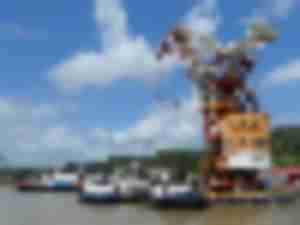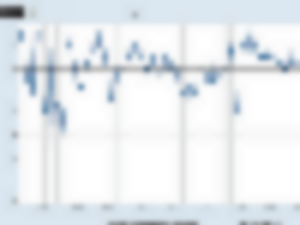
Rubber band effect – US demand for auto imports snaps back
The demand for imported autos – and really all vehicles – had all but dried up in the middle months of 2020. But a rubber band effect was in play – slowly the supply chain emptied and the demand increased and a spring back has begun with the fourth quarter. The question is will it last?

ECLAC outlines impacts of Covid pandemic on Latin American ocean shipping
The Economic Commission for Latin America and Caribbean (ECLAC) in their July report “The effects of coronavirus disease (COVID-19) pandemic on international trade and logistics” outlined the myriad impacts that the pandemic induced recession has had on Latin America’s supply chain.

Latin America’s Covid-induced recession exacerbated by debt
The gloom. It’s palatable, and it’s understandable. Many Latin American economies were beset with economic problems – some of their own making, many the result of a confluence of global economic conditions – and now the Covid-19 pandemic has replaced what might have been a period of qualified economic growth with the question of whether the 2020s will turn into another lost decade for the region. And the issue of sovereign debt looks to potentially slow recovery.

Wood pellet industry going great guns
Despite the pandemic, wood pellets are hitting home with both domestic and international customers.

The ‘Misery Whip’: The ongoing US-Canada lumber dispute just doesn’t cut it
In the United States the two-man crosscut saw used for logging in the old days was nicknamed the ‘misery whip’ – aptly dubbed as day-long sawing with the device resulted in muscle-aching misery.

The what’s and wherefores of blockchain for the supply chain
There are many whats and wherefores when it comes to thinking about blockchain and the technology’s application to the supply chain. It’s now a ubiquitous term when discussing the digitalization of the supply chain, but what it is and is not is key to understanding the great potential that blockchain holds for international shipping and trade.

Can the US Midwest ag business re-emerge from the rubble of the economic “Derecho”?
In early August, a derecho – a storm with winds upwards to a 100-miles per hour – cut a 250-mile long swath wreaking destruction through Midwest states. Miles of flattened crops, crushed grain bins, downed power lines, damaged residences and toppled trees were left in the derecho’s wake.

Did someone just hit the pause button?
After a considerable lead-up to the August 15th “initial review” of Phase 1 of the “greatest and biggest” trade deal between China and the U.S., the review was postponed just like someone hit the pause button on the remote.

Port technology marches ahead despite pandemic
There is no doubt that the Covid-19 pandemic has had a negative impact on ports as blank sailings and new routings cut ship calls. Nevertheless, the pace for integrating new technologies and equipment has quickened as the march toward maritime terminal digitalization and the greening of port operations is being embraced as an operational imperative.

Can a trans-Atlantic trade war be averted?
Since Trump’s election the Atlantic trench has gotten wider as the differences between Brussels and Washington have grown more contentious. And trade is at the heart of the matter. With relations nearing a breaking point, can a U.S.-Europe trade war be averted…or is it already too late?
© Copyright 1999–2024 American Journal of Transportation. All Rights Reserved

